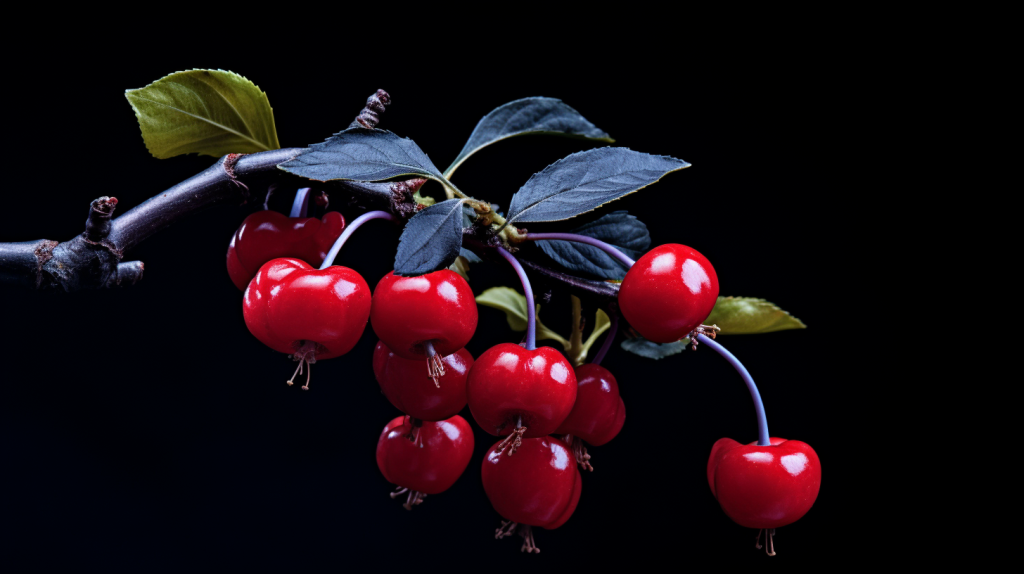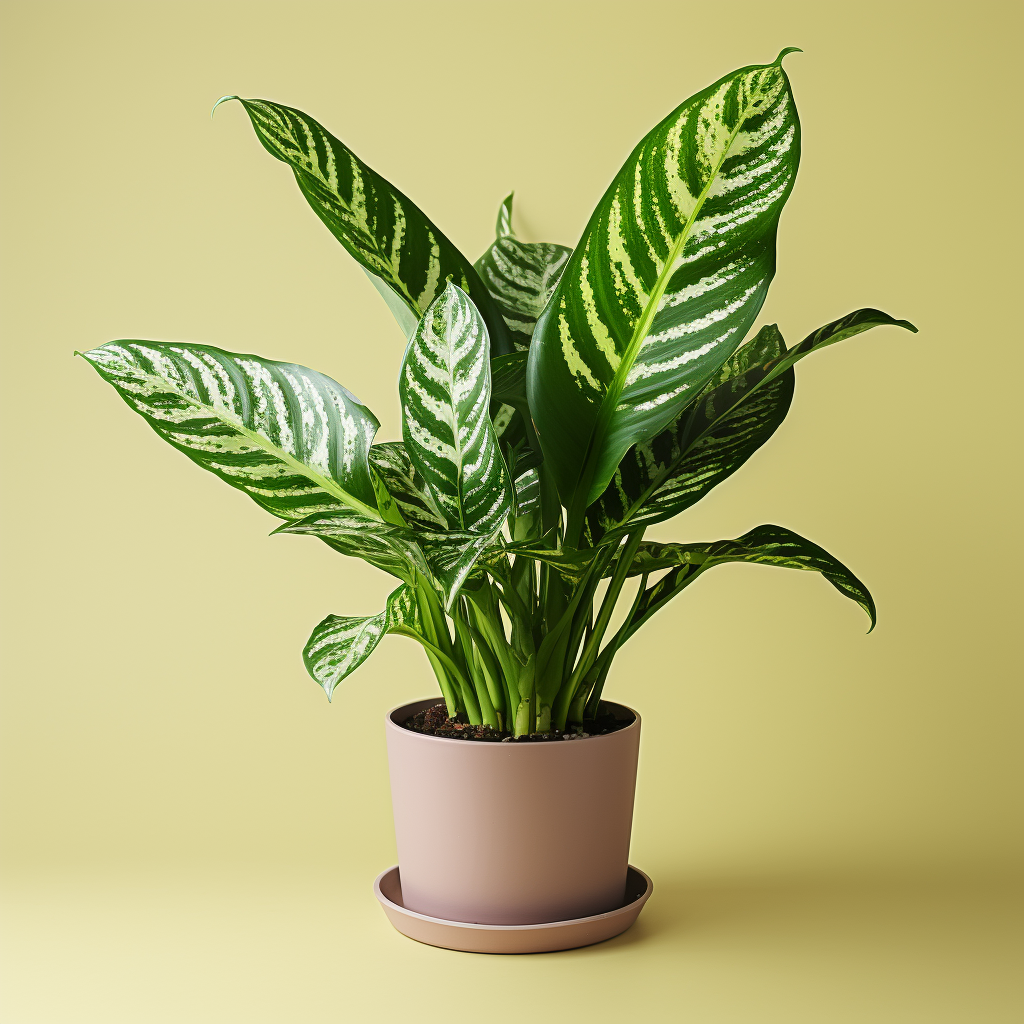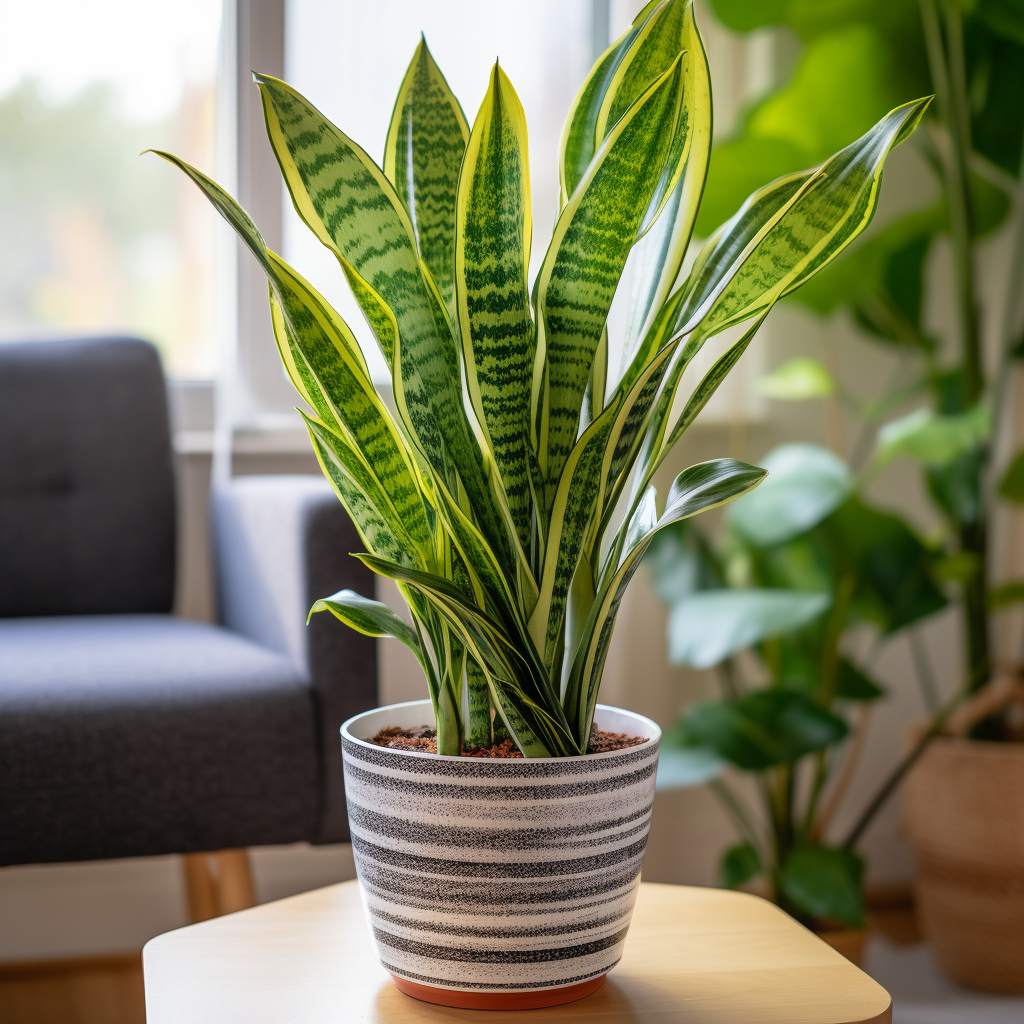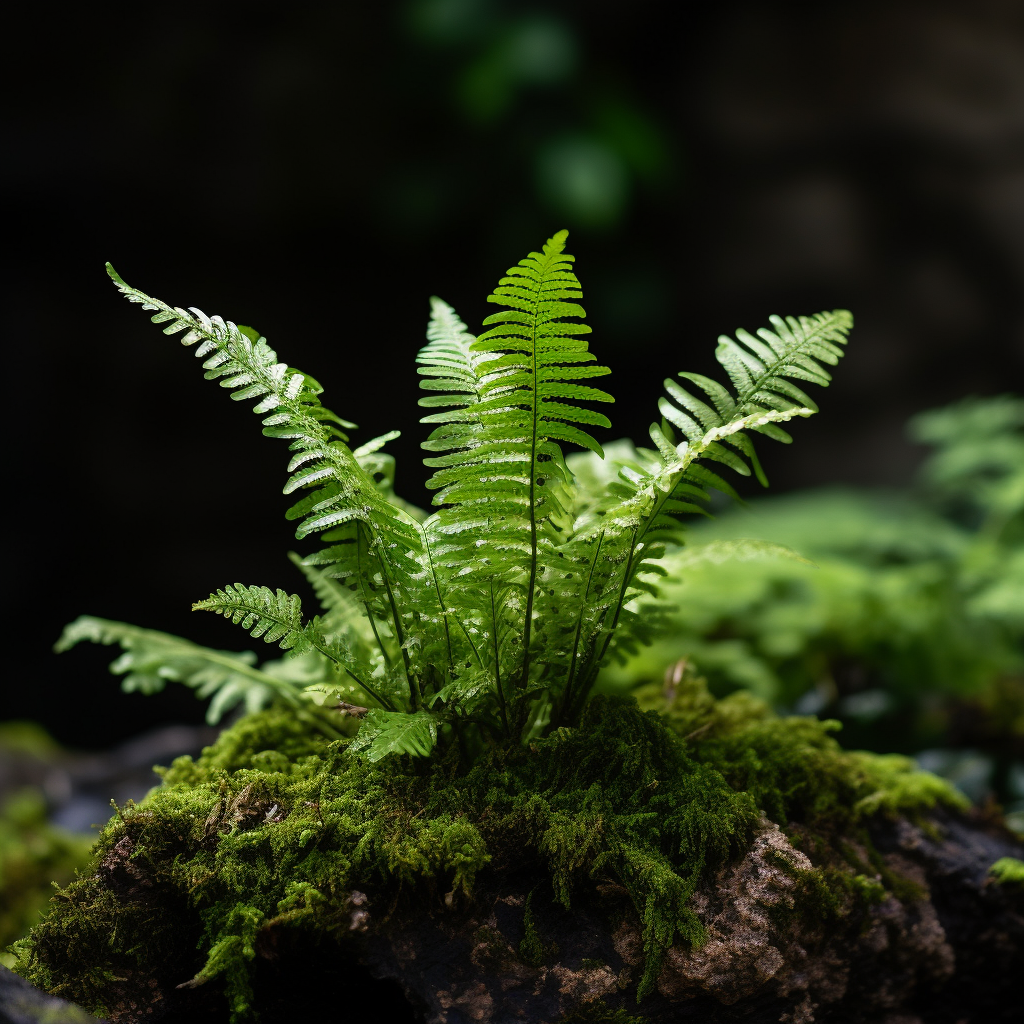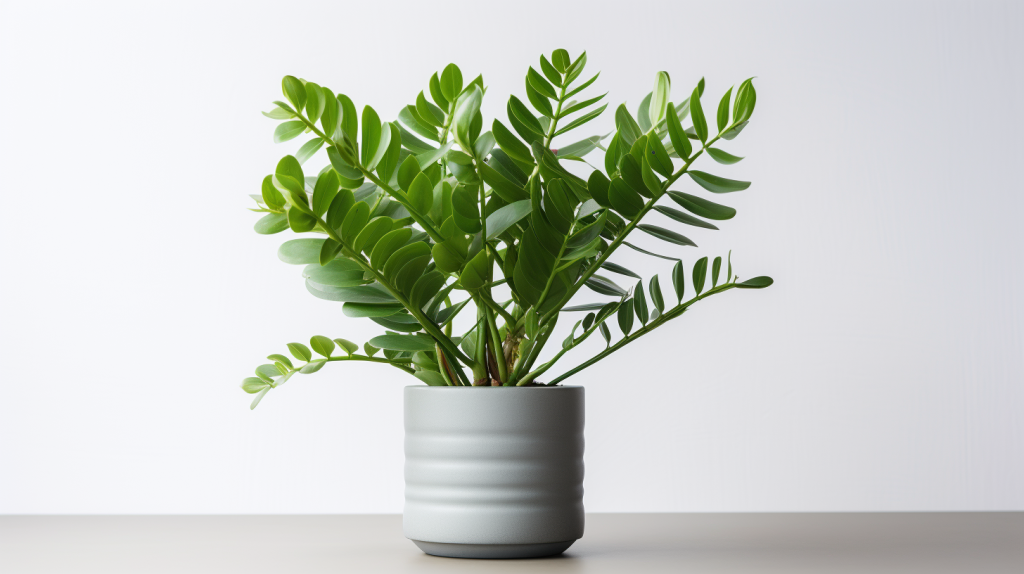The Winter Cherry Plant, scientifically known as Solanum Capsicastrum and commonly referred to as the Jerusalem Cherry, is a fascinating and visually striking houseplant that has won the hearts of plant enthusiasts worldwide. This plant, with its intricate details and vibrant colors, has the unique ability to add a touch of nature’s aesthetics to your home’s ambiance. But what exactly is this plant, and why has it become so beloved?
Description Of Winter Cherry Plant
The Winter Cherry Plant is a perennial shrub native to South America. It grows to a height of about one meter and is recognized for its lush, green foliage and distinctive berries. These berries, which resemble miniature tomatoes, are the true highlight of this plant, starting off green, transitioning to yellow, and finally maturing to a vibrant red. The contrast between the verdant leaves and vivid berries creates an impressive display, making the plant an excellent decorative addition to any room.
What Does The Winter Cherry Plant Look Like?
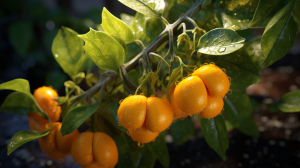
The Winter Cherry Plant is a visual spectacle. Its broad, lance-shaped leaves are richly green, providing a perfect backdrop for the plant’s berries. When in bloom, the plant produces small white flowers, which eventually turn into the plant’s characteristic berries. The berries start off green, slowly turning yellow before adopting a deep red hue when mature. The combination of the green leaves, white flowers, and multicolored berries create a visually appealing display.
Winter Cherry Plant Flowering
The flowering phase of the Winter Cherry Plant is a spectacle to behold. It typically begins in the spring and lasts through the summer. During this time, small white flowers begin to blossom, creating a stunning contrast against the deep green leaves. These flowers serve as a precursor to the plant’s most striking feature – the berries, which start to develop as the flowers wilt away.
Displaying Winter Cherry Plant
When it comes to displaying the Winter Cherry Plant, there is an array of options. Given its vibrant colors and compact growth, it is an excellent choice for indoor displays. It can be placed on a windowsill, a tabletop, or even hung in a basket. Wherever it is placed, it’s sure to attract attention and become a conversation piece.
Is The Winter Cherry Plant Poisonous?
Despite its visual appeal, it’s important to note that the Winter Cherry Plant is indeed poisonous. All parts of the plant, particularly the berries, contain solanine, a toxic alkaloid. While it is generally safe to touch, ingestion can lead to symptoms such as nausea, vomiting, and in severe cases, respiratory depression. As such, it’s crucial to keep the plant out of reach from children and pets.
Winter Cherry Plant Facts
Before we dive into a table of facts about the Winter Cherry Plant, let’s summarize the most important points. The Winter Cherry Plant is a South American native, recognized for its vibrant berries and lush foliage. Although beautiful, the plant is poisonous and should be handled with care.
| Fact | Detail |
|---|---|
| Scientific Name | Solanum Capsicastrum |
| Common Name | Jerusalem Cherry, Winter Cherry Plant |
| Native Region | South America |
| Growth Height | Up to 1 meter |
| Poisonous? | Yes |
Caring For Winter Cherry Plant
The Winter Cherry Plant requires specific care to maintain its vibrant display. It prefers bright, indirect light, regular watering, and a humid environment. Now, let’s take a closer look at these care requirements in a table.
| Care Aspect | Recommendation |
|---|---|
| Light | Bright, indirect light |
| Water | Regular watering, allowing soil to dry between waterings |
| Temperature | 15 – 24 degrees Celsius |
| Soil | Well-draining soil |
Common Problems
Like any plant, the Winter Cherry Plant is susceptible to certain problems. These can include overwatering, which may cause root rot, and infestation by pests such as spider mites and aphids. Additionally, due to its toxic nature, it can pose a risk to pets and children if ingested.
Frequently Asked Questions
- Can the Winter Cherry Plant be grown indoors?
Yes, the Winter Cherry Plant can be grown indoors and is actually a popular houseplant due to its vibrant colors and compact growth. - Is the Winter Cherry Plant poisonous to pets?
Yes, all parts of the plant, especially the berries, are toxic if ingested and can be harmful to pets. - When does the Winter Cherry Plant flower?
The Winter Cherry Plant typically flowers in spring and summer, leading to the development of its distinctive berries. - What type of light does the Winter Cherry Plant prefer?
This plant prefers bright, indirect light. Direct sunlight may scorch the leaves and cause damage. - How often should I water my Winter Cherry Plant?
Watering should be regular but moderate, allowing the soil to dry out between watering sessions to avoid overwatering and root rot. - How tall does the Winter Cherry Plant grow?
The Winter Cherry Plant can grow up to 1 meter in height.
Conclusion
The Winter Cherry Plant, with its vibrant berries and lush foliage, is a visual treat that adds a splash of color to any space. Despite its toxic nature, with careful handling and care, it can be a fascinating addition to your houseplant collection. So, whether you are a novice or a seasoned plant enthusiast, the Winter Cherry Plant offers a unique blend of beauty and intrigue that is sure to enhance your indoor gardening experience.

